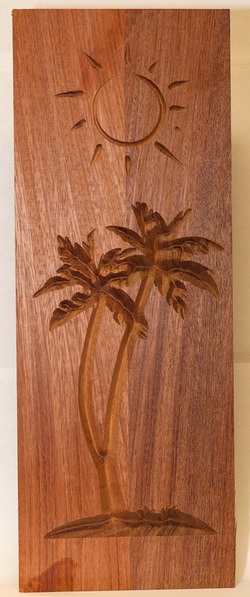
Our next task on the CNC involves learning how to import images and trace vectors. The image to the right was a simple import of a bitmap and an automatic "bitmap tracing" of the images. We used Brazilian Cherry and as it turns out we would probably not use the same material for such a v-carving again. The wood tends to chip out in the more highly detailed areas and it's just so darn hard that it will eventually wreak havoc on our bits. We plan on using this CNC a LOT so the less we can spend on bits and sharpening the more we can spend on material.
Now we are getting to the really cool stuff!
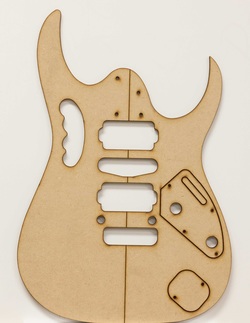
One of our students is working on a solid body guitar right now. In the past we have simply template routed the outer shape and the recesses for the electronics. This worked out pretty well but there is always that nervous moment when you begin the process on an expensive body blank. You never really know just how the bit and router table are going to handle the material. So...we have decided to try and bitmap trace this template in VCarve Pro and let the CNC do all of the hard work. We are going to try our first one on a blank of glued up pine, mainly because it's cheap and soft. To the left is the photo we took of the front template. After running the bitmap trace we learned that if we light the template better we can reduce the shadows from the natural light and the flash. This will help a lot during the tracing process.

Here is the first bitmap trace of the body template. It turned out pretty good but we are going to learn a lot about node editing in order to get this ready to generate the toolpaths. There are a bunch of bumps and irregular vectors that, when you zoom in on it, will definitely show up in the actual CNC work. We figure if we spend the time right now to get the drawing perfect, it should help to reduce issues later on in the machining process. Most of the issues came about from the shadows present in the original image. Better lighting please!!!
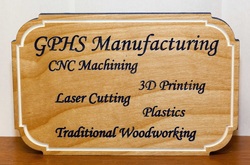
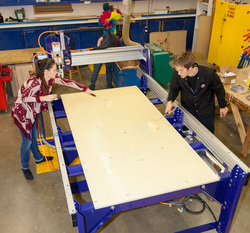
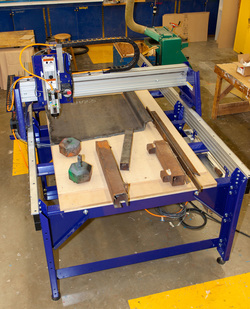
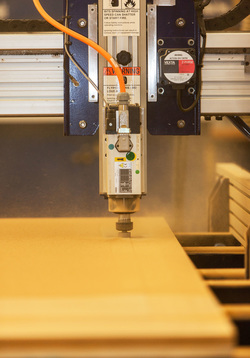
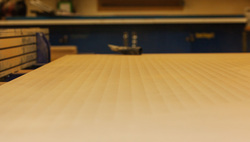
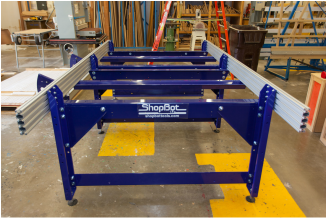

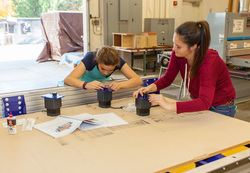
 RSS Feed
RSS Feed